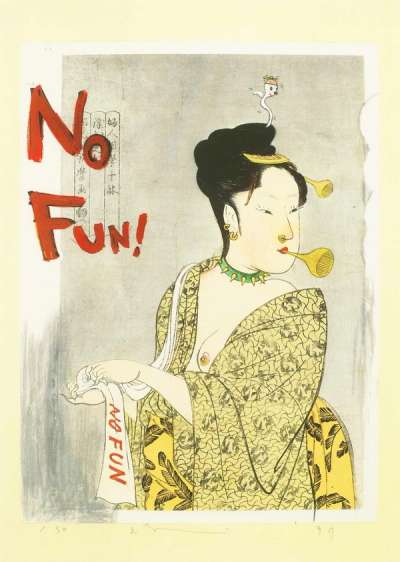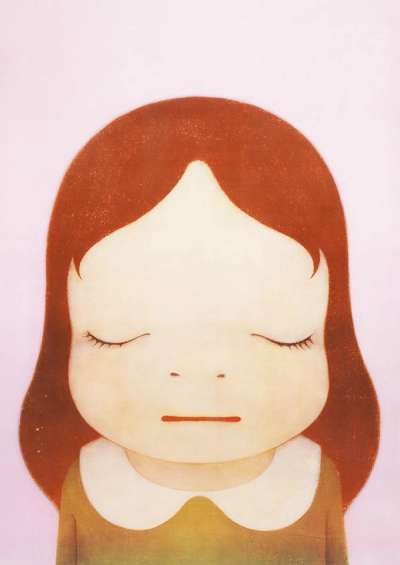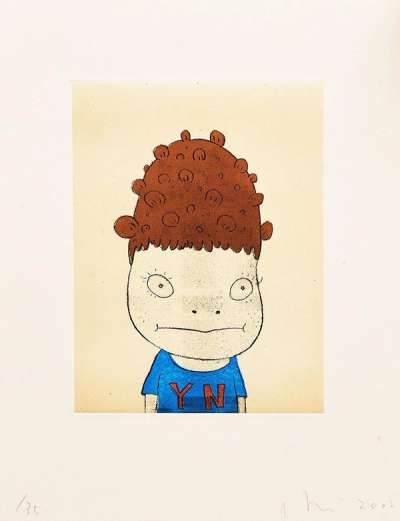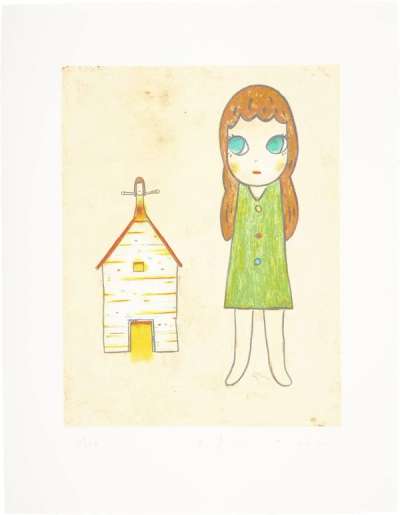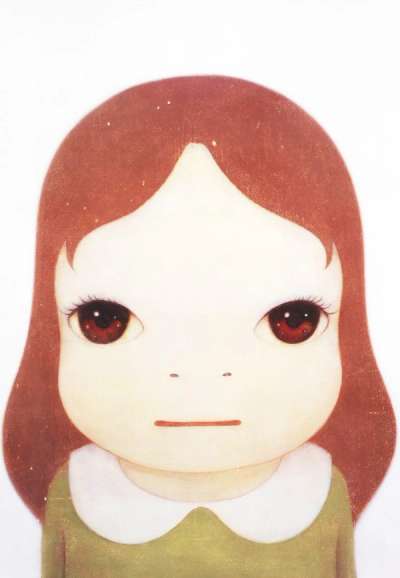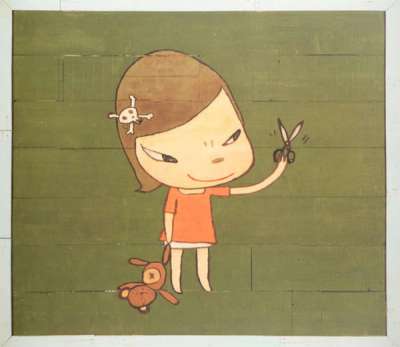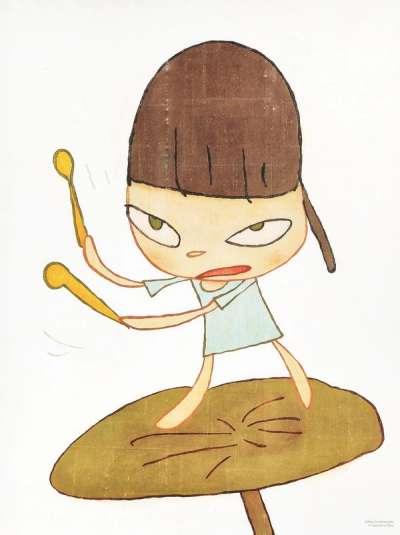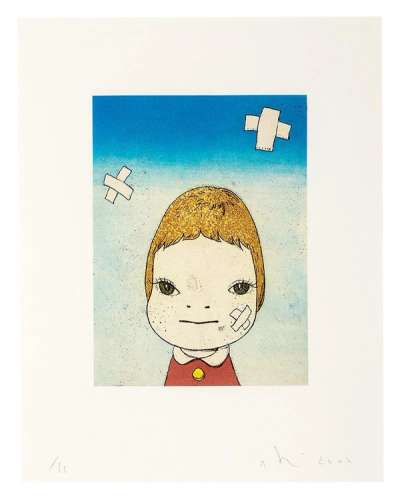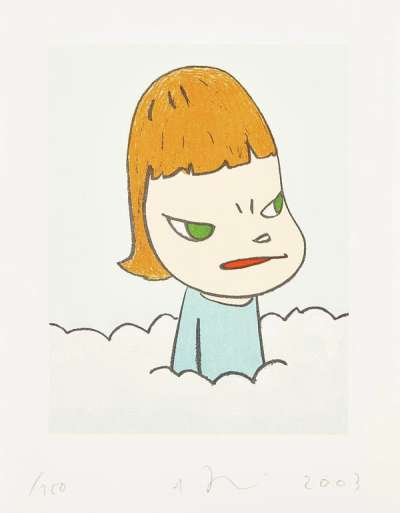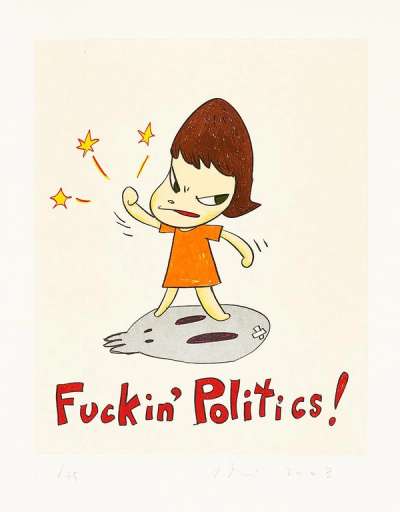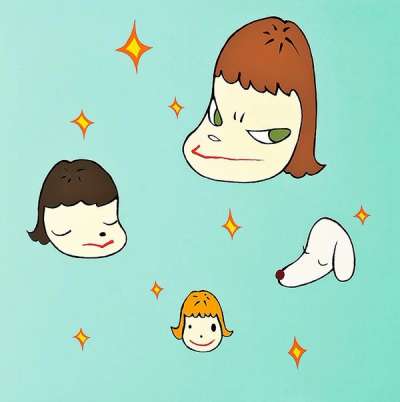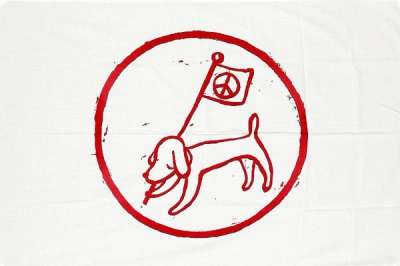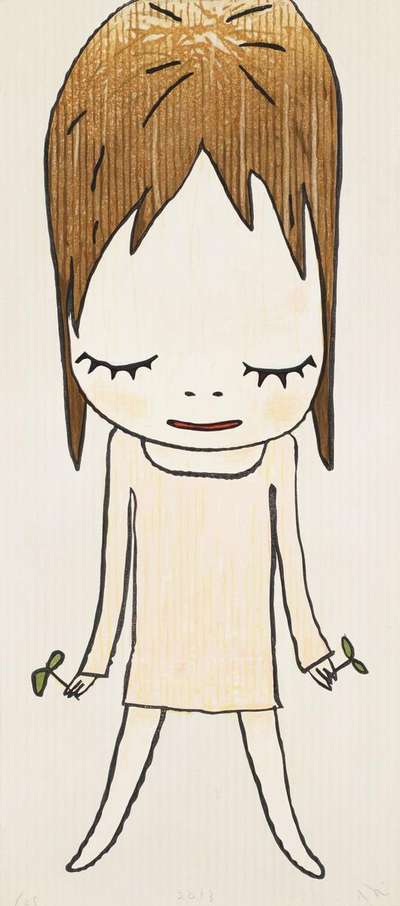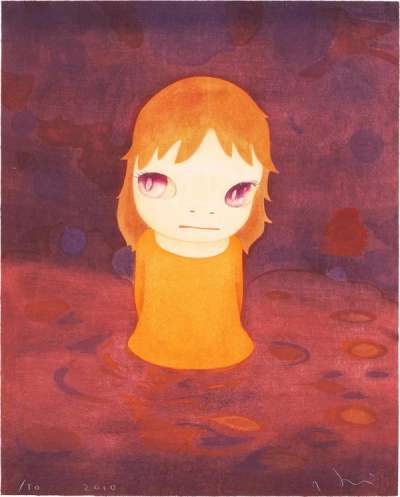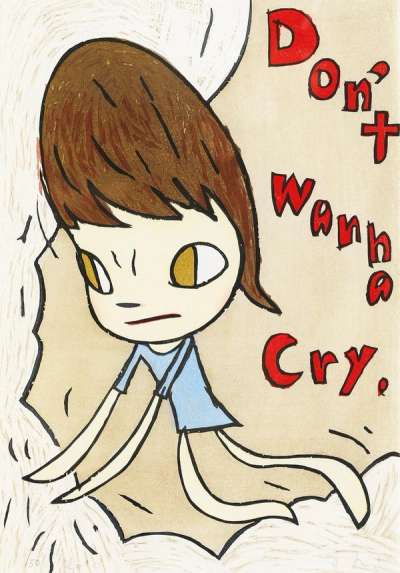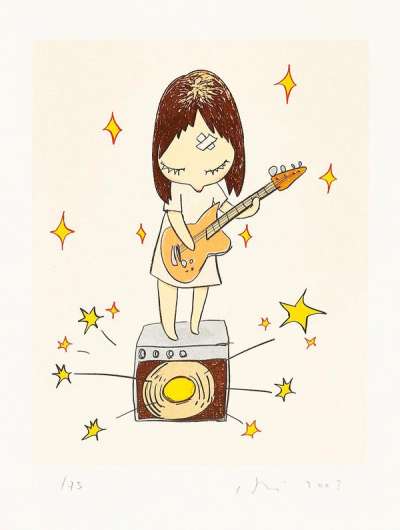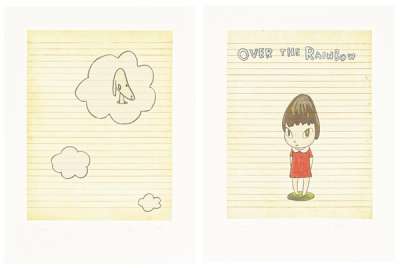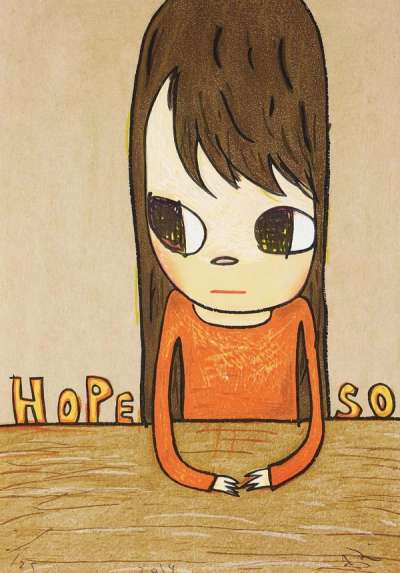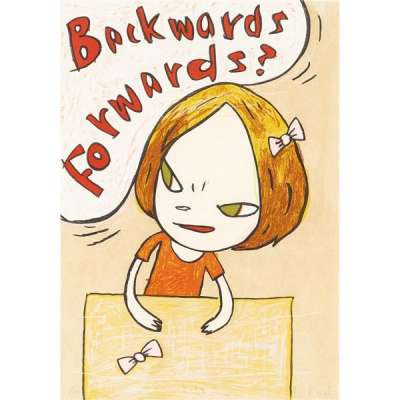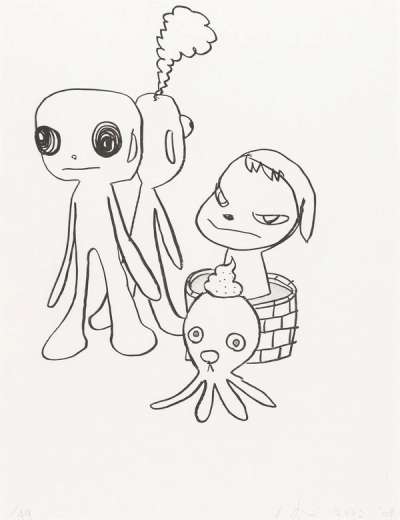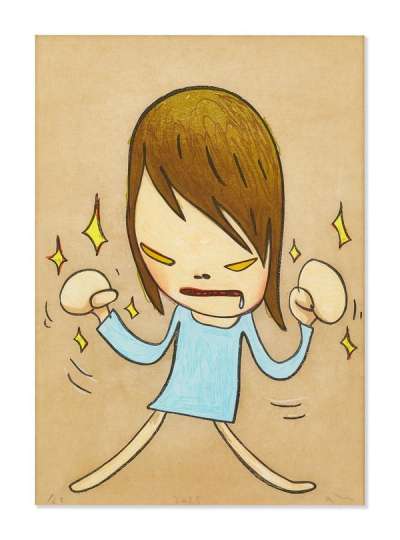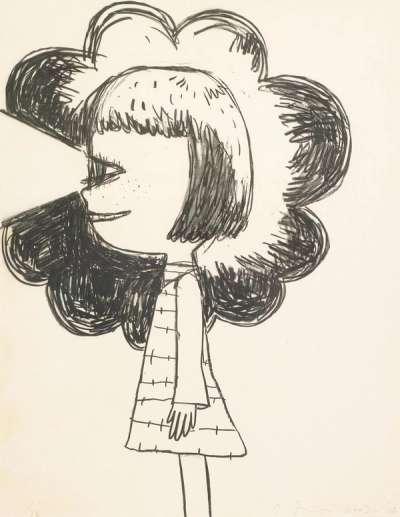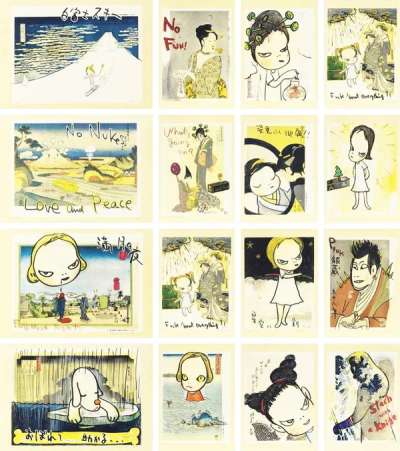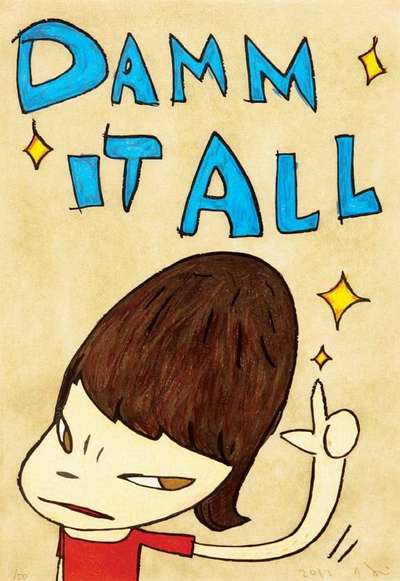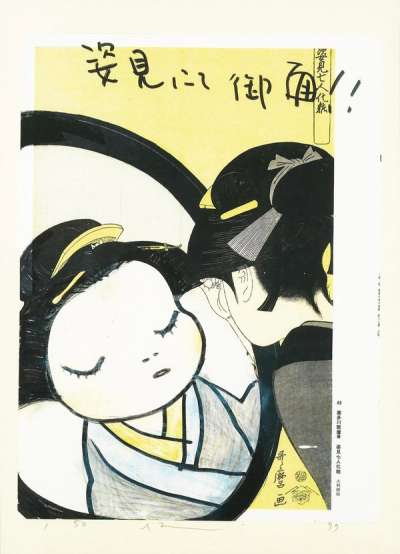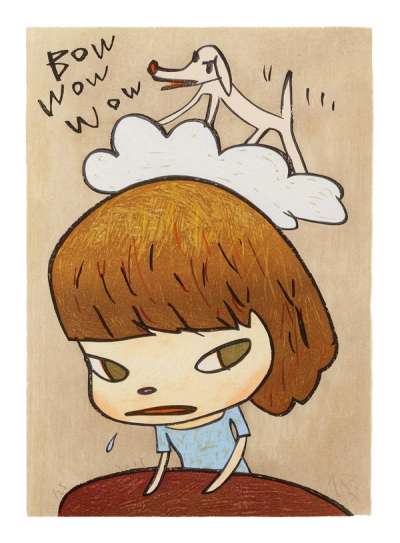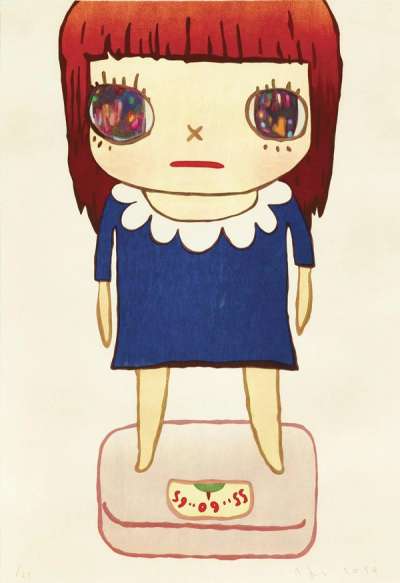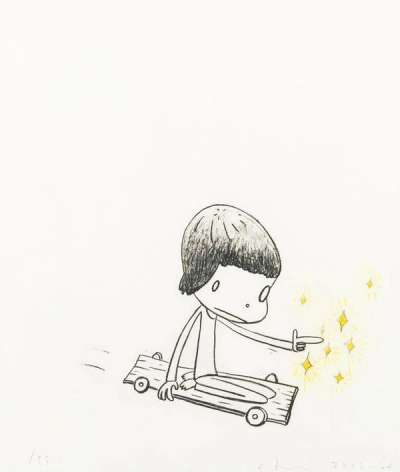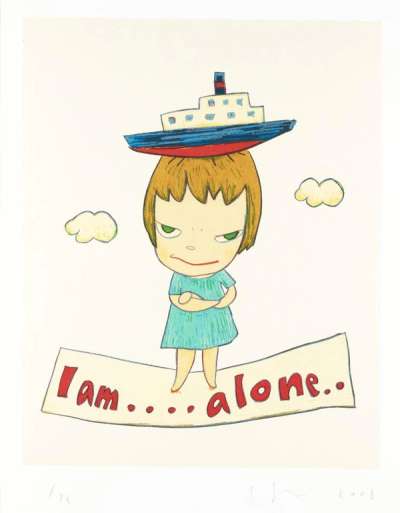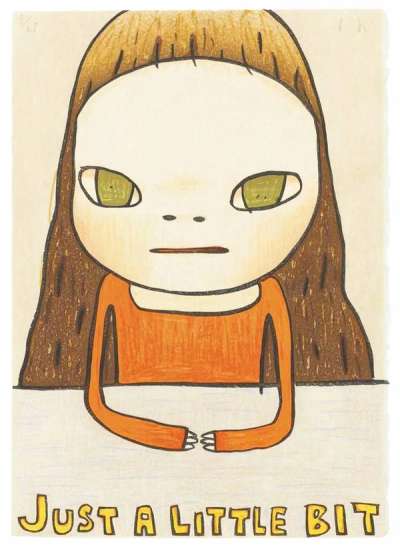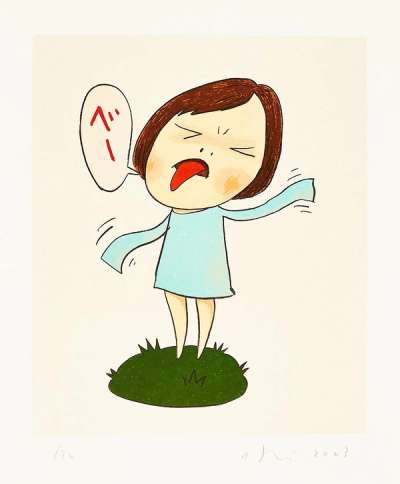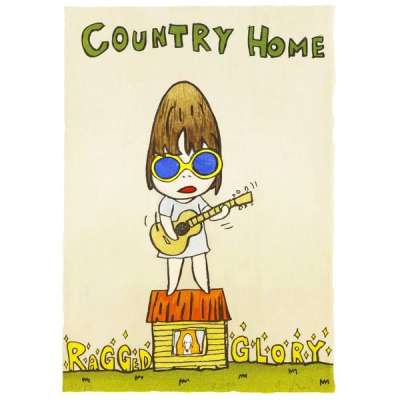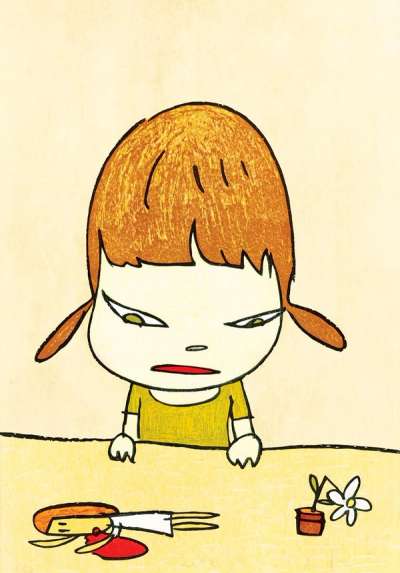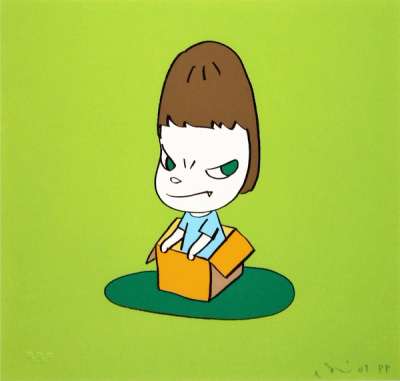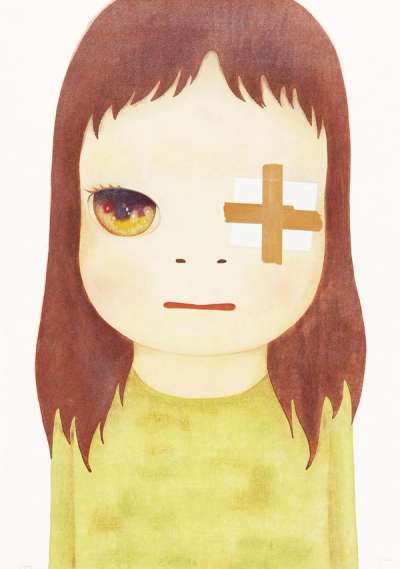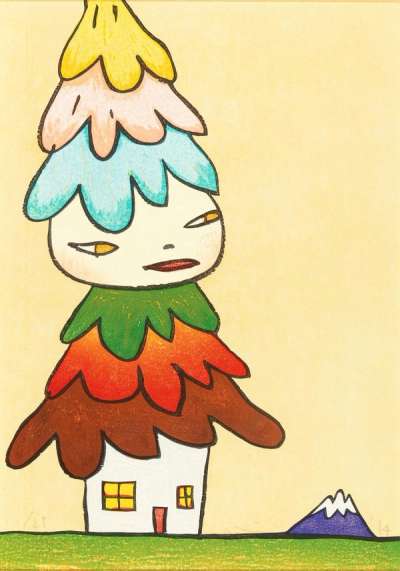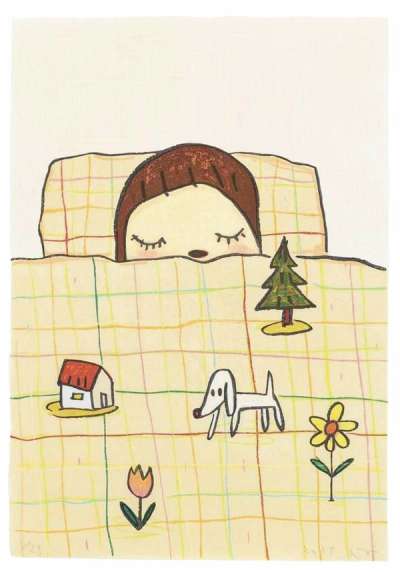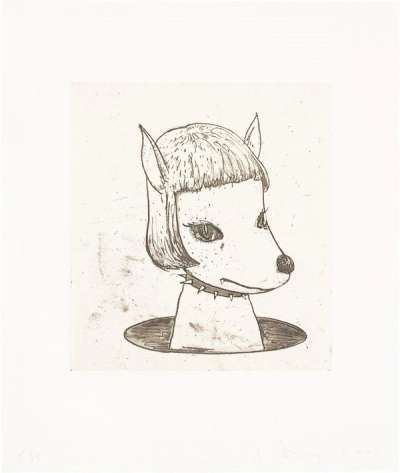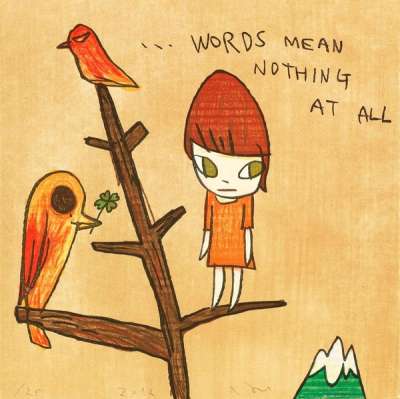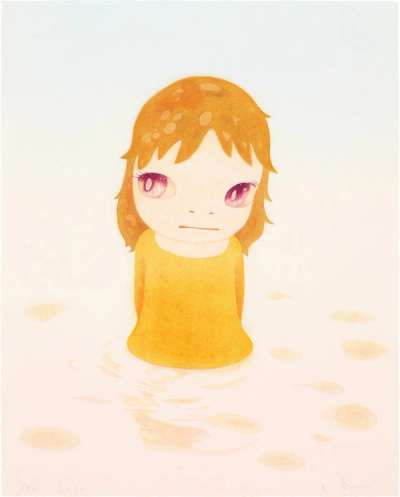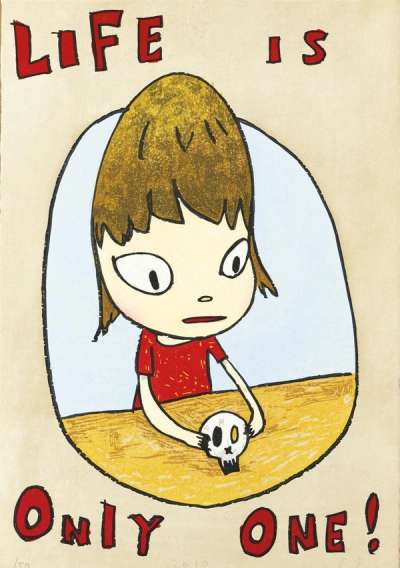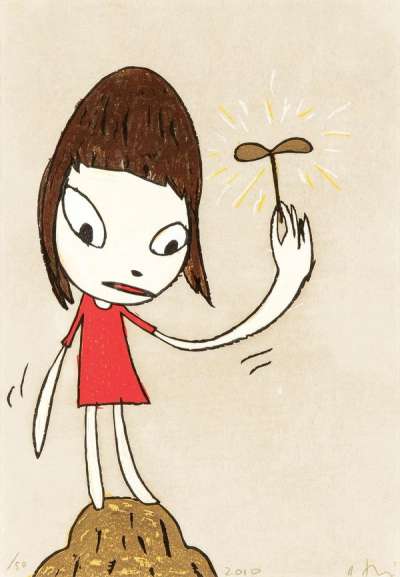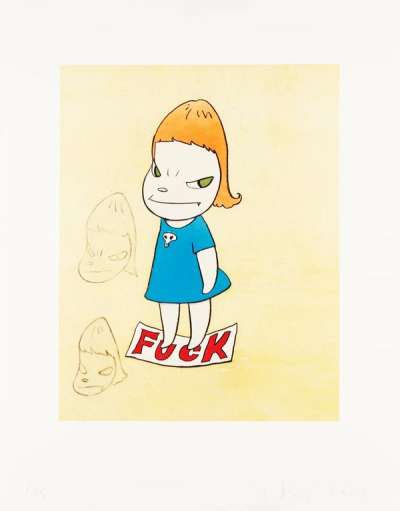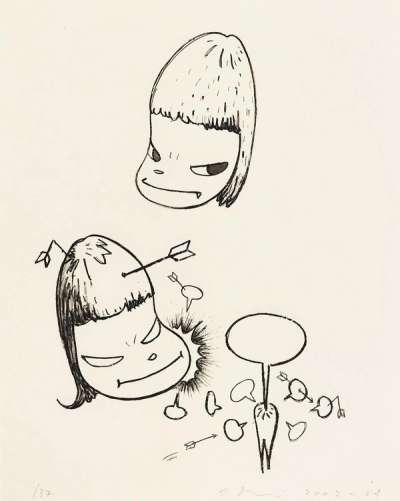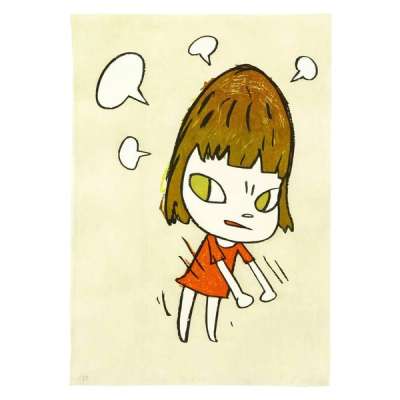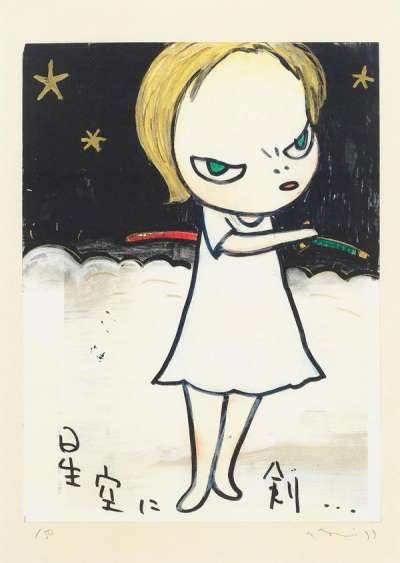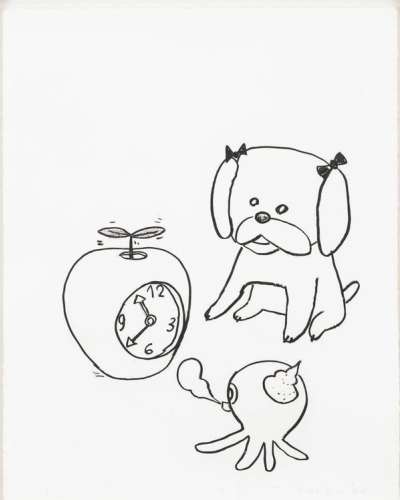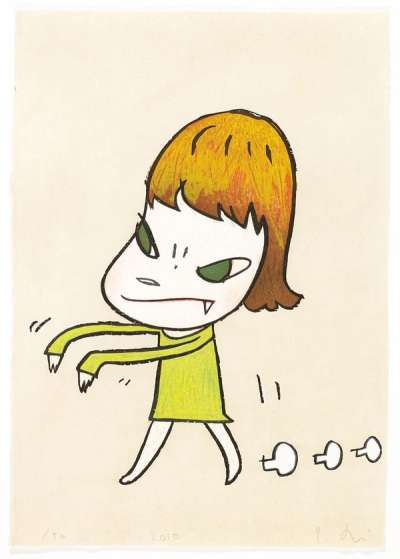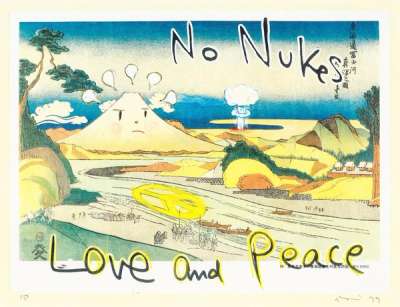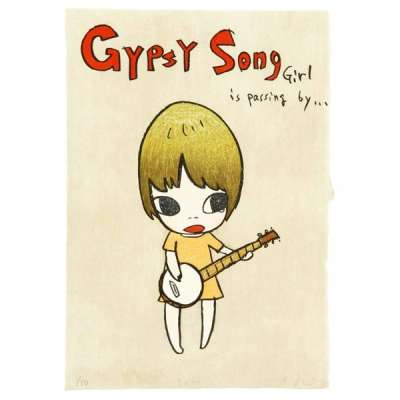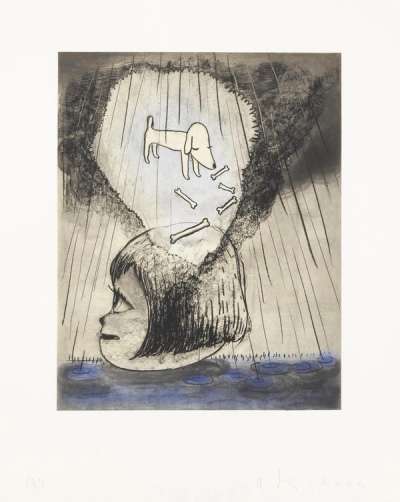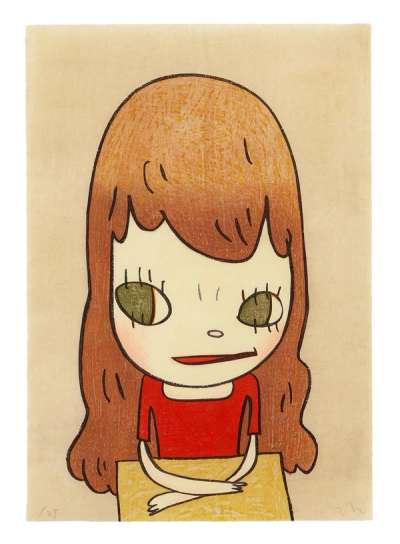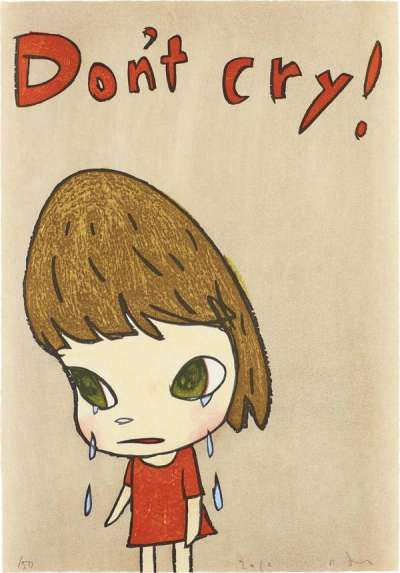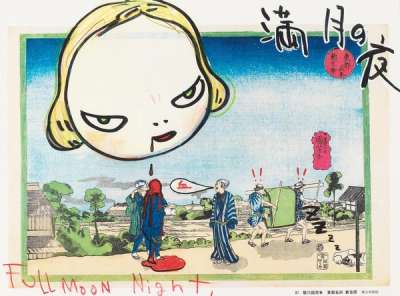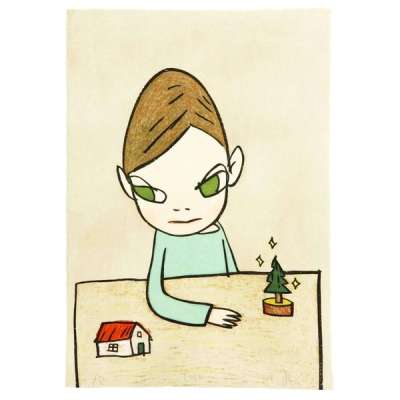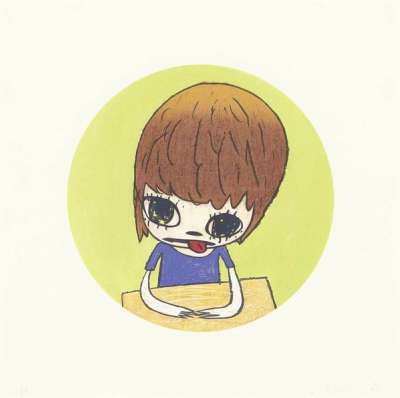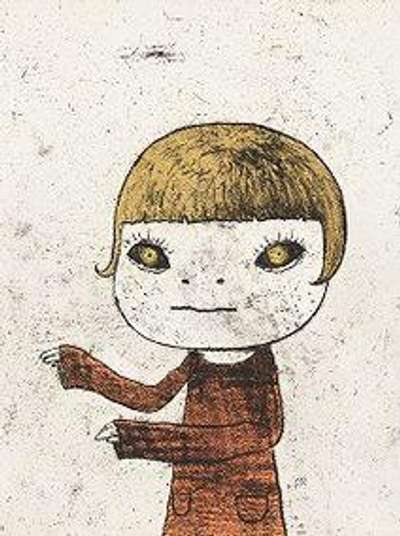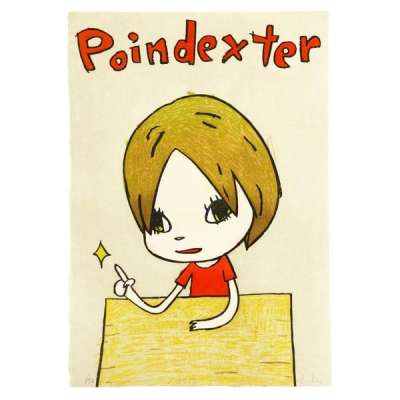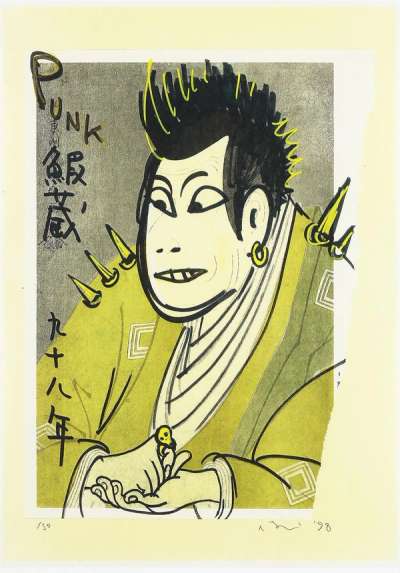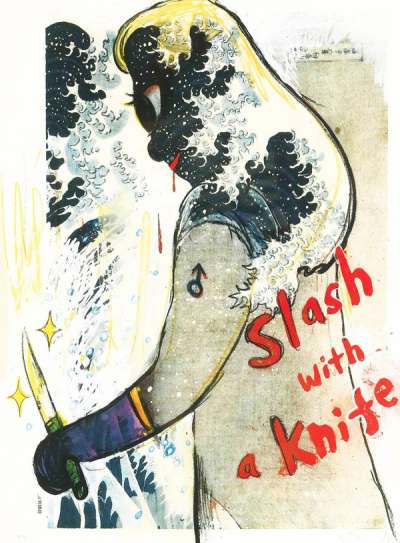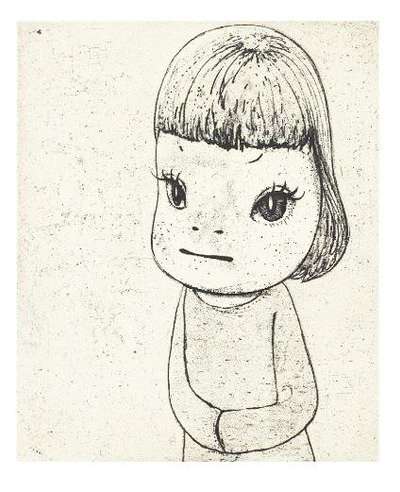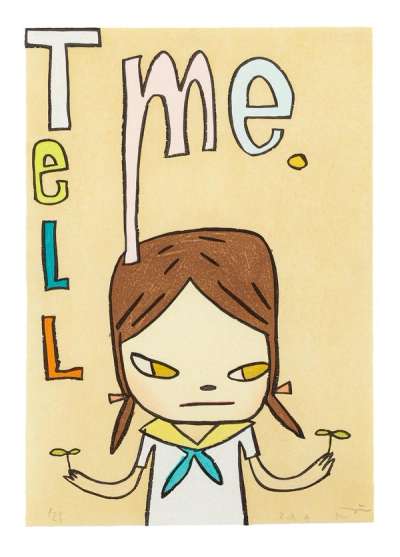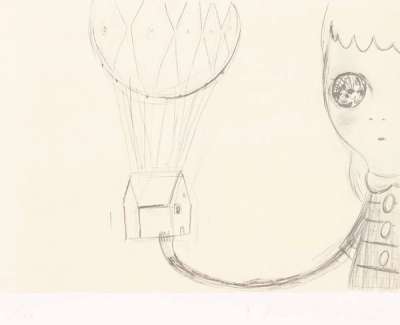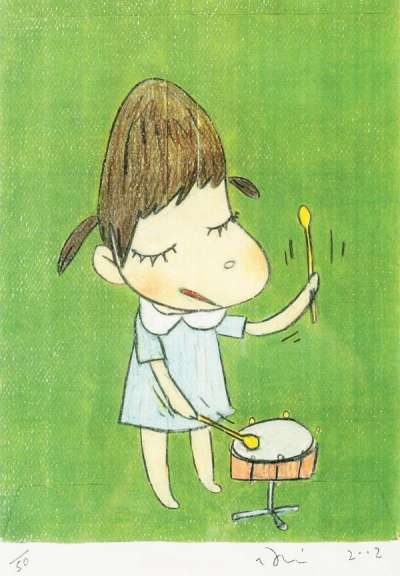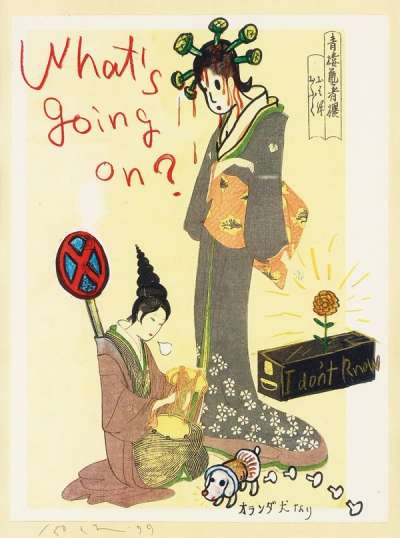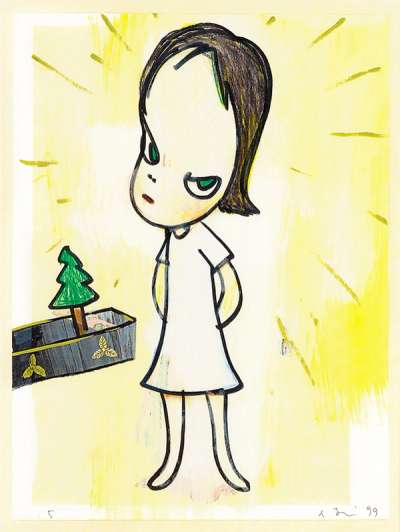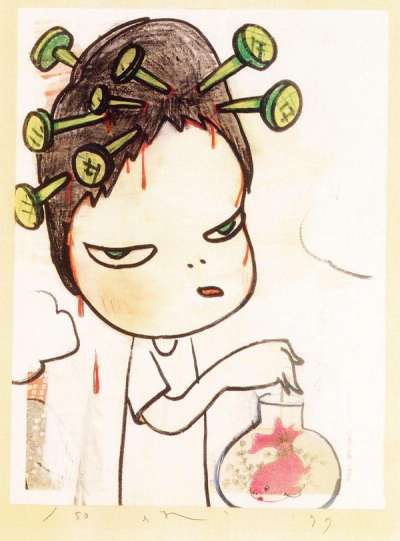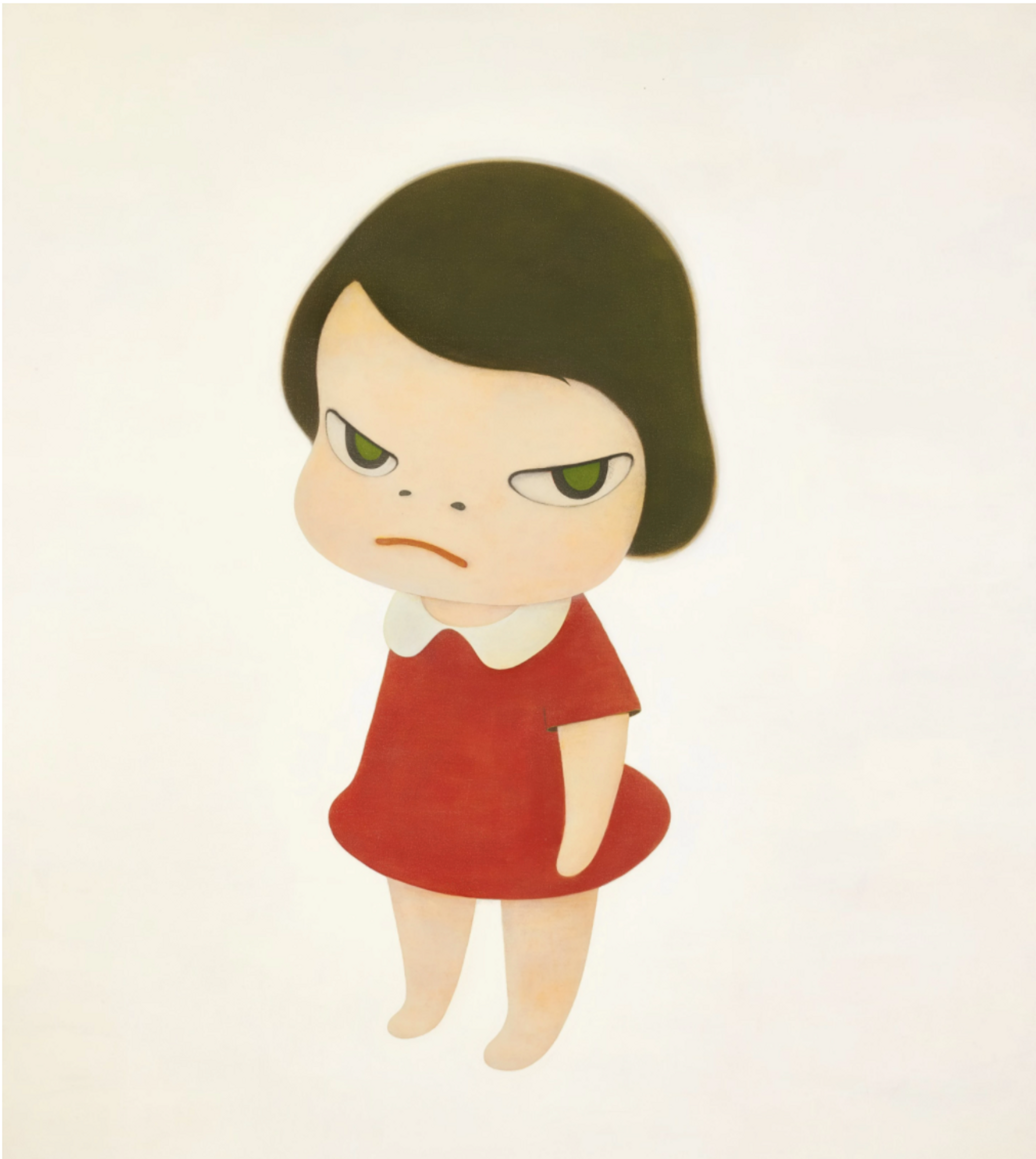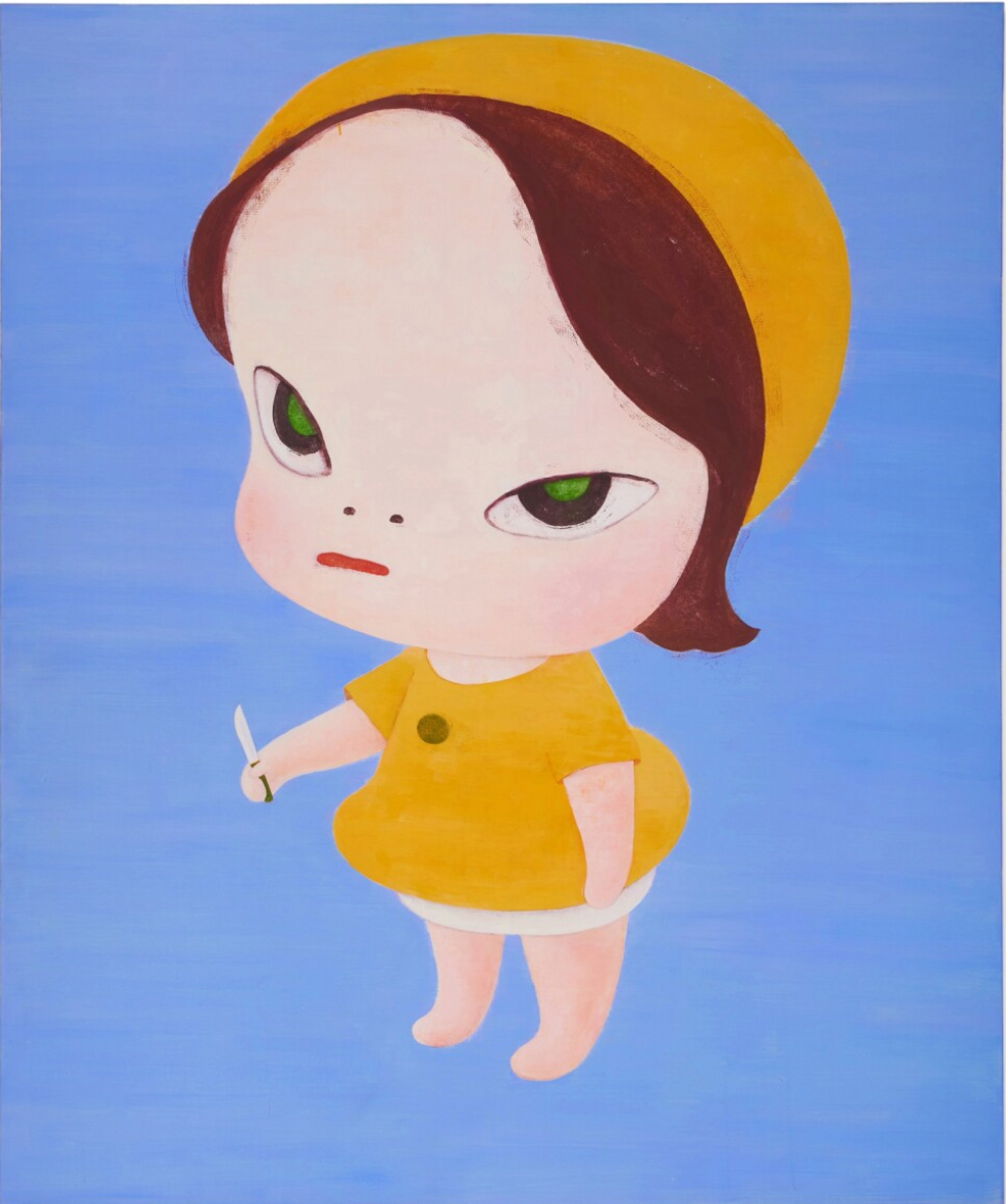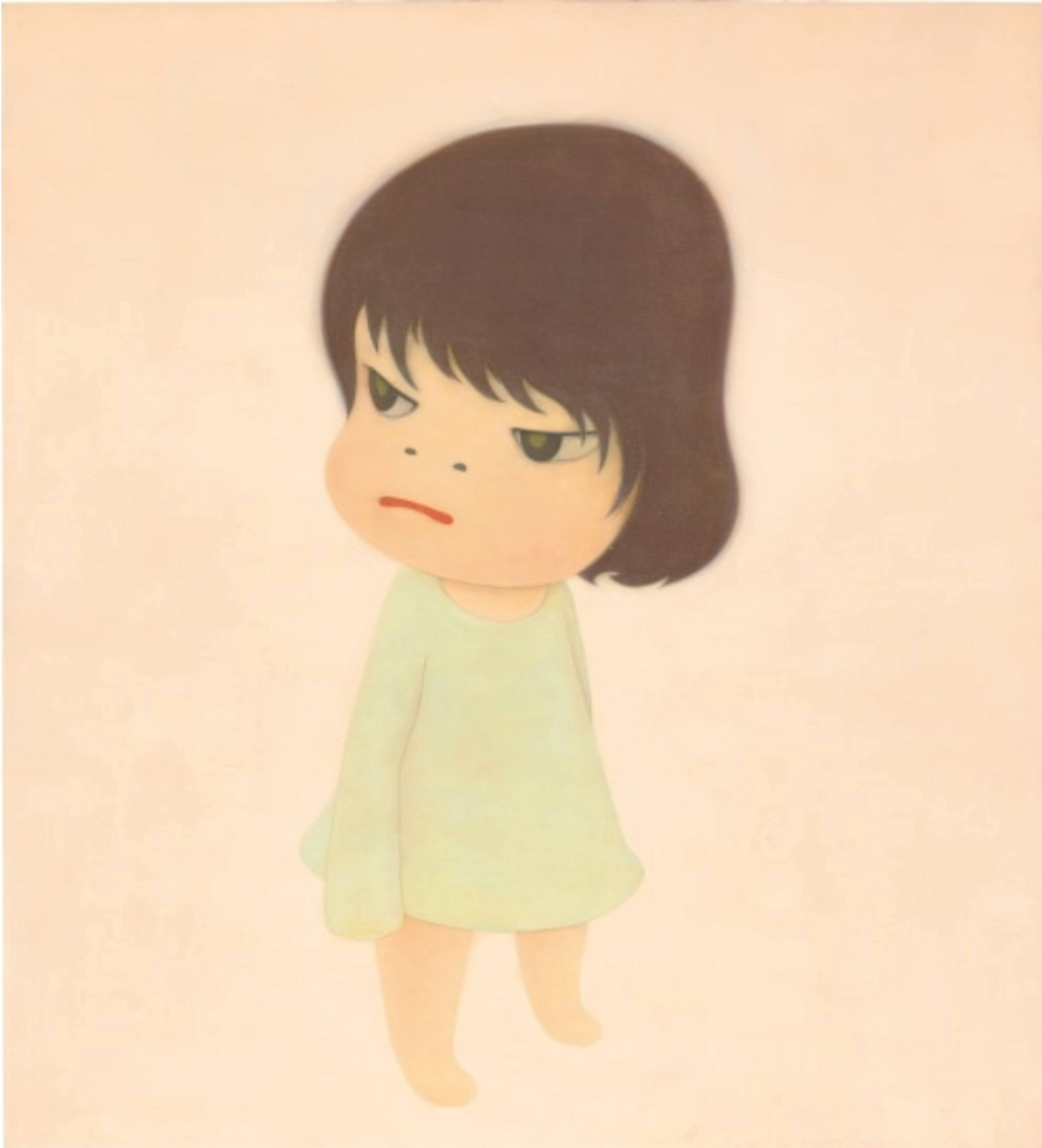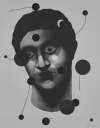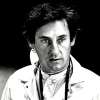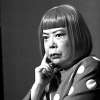Yoshitomo
Nara
Among Japan’s best-known contemporary artists, Yoshitomo Nara portrays children in a captivating cartoonish style, earning him a loyal fanbase. If you’re looking for original Yoshitomo Nara prints and editions for sale or would like to sell, request a complimentary valuation and browse our network’s most in-demand works.
Yoshitomo Nara art for sale
Discover Yoshitomo Nara prints for sale, exclusively available through our private network of collectors. Explore signed and unsigned screenprints, lithographs, digital prints, and rare editioned proof prints by era-defining blue chip artists.
Sell Your Art
with Us
with Us
Join Our Network of Collectors. Buy, Sell and Track Demand
Biography
Perhaps Japan’s best known living artist, Yoshitomo Nara’s art is instantly recognisable. His iconic yet seemingly simple paintings, sculptures and drawings take influence from cartoons, music and his own life. Best known are his paintings of children; sometimes sad, sometimes sinister, these figures enjoy a global cult popularity and following, and reflective market pricing.
Born and raised in northern Japan, Nara is said to have had a lonely childhood, seeking comfort in music and animals. After pursuing a fine art education in Japan, Nara relocated to Germany from 1988 and became absorbed by Neo-Expressionism and punk rock. Both would go on to inform his artistic style.
After 12 years in Germany, Nara returned to Japan. The artist first enjoyed notoriety as a part of his home country’s Pop Art movement of the 1990s, creating simple artworks depicting cartoon-like characters.
A 1995 solo show with Tokyo’s SCAI the Bathhouse gallery marked a turning point in Nara’s career; hosted by LA based gallery Blum and Poe, the show was America's introduction to Nara. Through artworks like his In The Deepest Puddle, the exhibition brought together many of the signature themes found throughout his later work: loneliness, childhood anxiety and rebellion. Since then, Nara has had almost 40 solo exhibitions and his works feature in the collections of some of the most renowned museums in the world, from the San Francisco Museum of Modern Art to The Museum of Modern Art.
Today, Nara’s work is massively popular, enjoying a cult-like status that transcends age, culture, or location. Critics attribute the popularity of Nara’s work to his transmission of nostalgia and angst through childlike figures. Despite their appearance, the emotions portrayed could be applicable to anyone from anywhere. Art critic Robert Smith described Nara’s work as 'high, low and kitsch; East and West; grown-up, adolescent and infantile.'
A figure seen again and again throughout Nara’s work is a young girl with almond shaped eyes and brown hair, often depicted with a single straight line for a mouth and her chin sulkily pushed forward. We see her seated in a blue dress in his 1995 work Hothouse Doll, which sold at auction in 2019 for $13.2 million, and again in Midnight Truth (2017) where she stares out at the viewer, challenging them unblinkingly.
